Help More Clients with EMDR – Tools to Support Spanish-Speaking Clients.
Spanish-Speaking Population in the U.S.:
42 million people in the U.S. speak Spanish as their primary language.
An additional 15 million speak Spanish as a second language.
Spanish speakers make up about 13% of the U.S. population.
Demand for Bilingual Mental Health Services:
Many Spanish-speaking individuals prefer therapy in Spanish for deeper emotional expression and understanding.
Only 5-6% of U.S. mental health professionals are Spanish-speaking, leading to high demand and waitlists for bilingual clinicians.
Clinicians who offer Spanish-language services can expand their client base by 20-40%, depending on their region.
FAQs
-
EMDR en Español is an online course designed for clinicians who received EMDR training in English and would like to learn how to implement EMDR therapy in Spanish.
-
Research has shown that the success of EMDR therapy depends on the ability to access and reprocess negative memory networks (Shapiro, 2018). These memory networks are directly connected to the emotions, sensations, and perceptions associated with the traumatic memories. As such, the primary language in which the traumatic memories are encoded provides a more accurate depiction of the traumatic experience, which can result in greater treatment efficacy (Ates-Barlas, 2022).
In a world where one-half of all people (Mathews, 2019) and one-fifth of all Americans are bilingual (Ardila et al., 2019), psychotherapists are likely to encounter bilingual clients in their practices. It can be advantageous for service accessibility and treatment efficacy to offer EMDR therapy in the language in which the traumatic memories are encoded (Ates-Barlas, 2022).
-
No. Anyone familiar with the Spanish language can provide EMDR therapy to bilinguals. This course is designed to provide clinicians with the information and materials necessary to reprocess traumatic memories stored in Spanish.
-
Spanish EMDR worksheets: Curated to assist clinicians in conducting EMDR with Spanish speakers. The worksheets include information in both Spanish and English to flip between languages easily.
Videos: Provided to demonstrate the accurate pronunciation of EMDR scripts and terminology in Spanish. Clinicians with limited Spanish language proficiency can watch the videos and practice Spanish pronunciation to increase their comfort and skill level.
Live Q+As: Quarterly meetings will be held to answer questions about implementing EMDR in Spanish.
Community Forum: Chat with other clinicians to exchange ideas and resources and discuss the needs and limitations of providing EMDR in Spanish.
